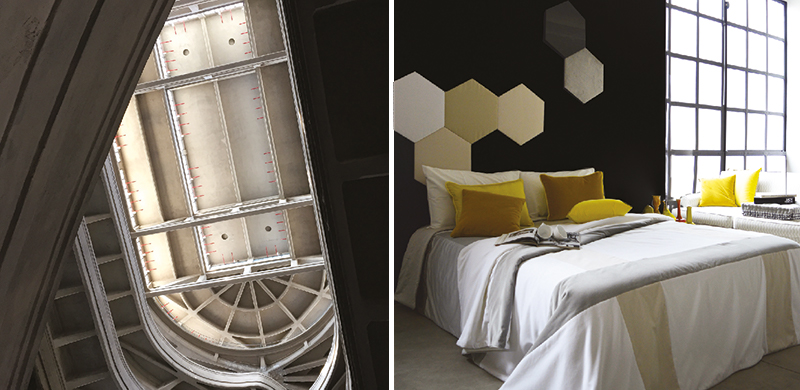A famous architect and academic of Turin, Roberto Gabetti (1925-2000) has probably written one of the most known definition of Architectural Eclecticism, in fact,
in Turin, there are many buildings that can be reconducted to this movement. Maybe because, Eclecticism, in line with the definition given by Gabetti, is the result of social-, economical- and cultural changes which characterise the second part of the XIX Century all of which can be found in Turin. From the changes undergo in the construction sector to the emerging of a new clientele – the bourgeoisie -, from the emerging of new architectural and engineering academic courses to the major request of infrastructures and services from the changing towns.
Furthermore, there is also an increase in cultural and commercial exchanges with foreign countries, in international exhibitions and in a greater availability of architectural publications.
Therefore, we can say that
Eclecticism, which develops between the XIX and XX centuries, is a combination of different styles taken from different architectonical movements, historical and exotic, to create something new and original.
It is a movement that we will find in various European countries like France, England and Germany and that will be particularly followed in America, where between the end of ‘800 and the beginning of the ‘900 giant skyscrapers and huge public spaces were built this being possible thanks to the new available technologies and materials. Therefore, Eclecticism in architecture and interiors results structural elements, furniture and decoration.
This new phase allows for the democratisation of the movement that from now on won’t be available for the elite only.
Around the ’30 of the ‘900, eclecticism will be replaced by a new architectonical movement, Modernism, which once again will underline the social changes, most of all the arrival of new technologies and material that allow for a further step in innovation.
Still today, in the architectonical field, when inspired by different cultural and historical styles we tend to define a work “eclectic” , even thought it has a much vague trait with the original definition.
